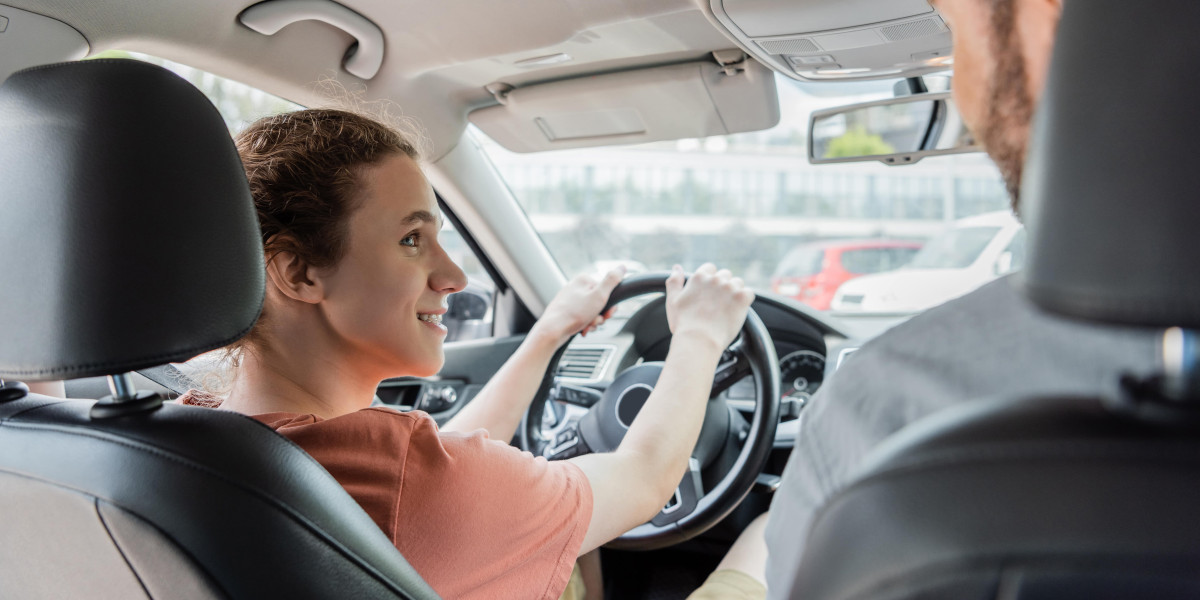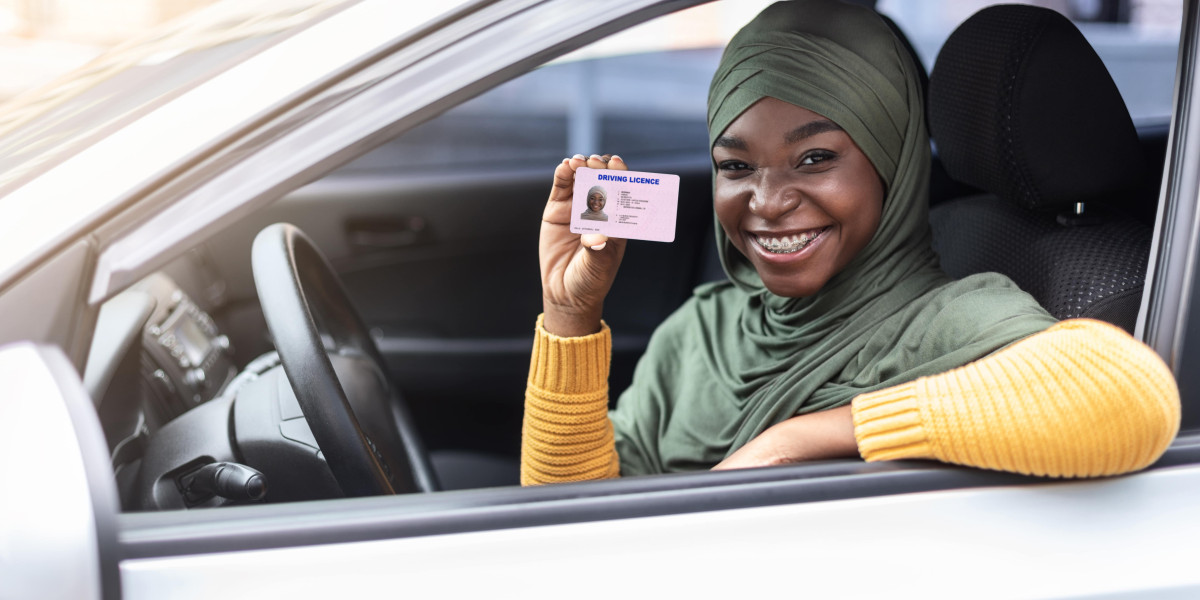Understanding the UK Driver's License: A Comprehensive Guide
In the United Kingdom, getting a driver's license is an essential step towards independence and mobility. It is not only a gateway to individual freedom however also a substantial obligation. This short article seeks to lay out the process of acquiring a driver's license in the UK, the various categories of licenses, and some essential regulations that drivers should adhere to.
Types of UK Driver's Licenses
Before diving into the application process, it is vital to understand the different kinds of driver's licenses offered in the UK. The primary categories are:
Provisional License: This is the initial step for anyone aiming to discover to drive. It enables the holder to practice driving while under the supervision of a certified driver.
Full License: Once the driving test has been successfully finished, the individual will receive a complete driver's license, which allows them to drive separately.
Unique Licenses: There are unique licenses for specific vehicles such as motorcycles (Category A), buses (Category D), and trucks (Category C).
European Driving License: Though it is distinct from the UK buy driver license online's license, the European driving license permits driving license uk in numerous EU nations without the need for an additional permit.

The Process of Obtaining a UK Driver's License
1. Make an application for a Provisional License
To start the journey towards obtaining a driver's license, aspiring motorists should first look for a provisionary license. Here's how to do it:
- Eligibility: Applicants need to be at least 15 years and 9 months old.
- Application: Individuals can apply online or through postal services by submitting a brochure from the Driver and Vehicle Licensing Agency (DVLA).
- Fee: A cost is needed for application (as of 2023, it's about ₤ 34 online and ₤ 43 via post).
- Identity Proof: Acceptable recognition includes a passport or a biometric home license.
2. Get ready for the Theory Test
Once the provisional license is acquired, the next step is to get ready for the theory test, which evaluates a learner driver's understanding of roadway guidelines and threats. This includes:

- Multiple-Choice Questions: A series of questions based on the Highway Code.
- Risk Perception Test: An assessment to recognize potential threats while driving utilizing video clips.
3. Take Driving Lessons
It is typically recommended to take professional driving lessons from an Approved Driving Instructor (ADI). These lessons provide vital hands-on experience and understanding about roadway security, in addition to assisting learners end up being comfortable behind the wheel.
4. Book the Practical Driving Test
After passing the theory test and acquiring adequate driving abilities, students must schedule a useful driving test through the DVLA. The testing process typically involves:
- Driving Maneuvers: Candidates are examined on their ability to perform necessary driving methods such as parallel parking and emergency stops.
- Road Safety Compliance: Demonstration of compliance with roadway indications, signals, and rules.
5. Obtain a Full Driver's License
Upon success in the useful driving test, the candidate will get a pass certificate which permits them to get a full driver's license. The DVLA will send a complete license if all requirements have been fulfilled.
Driving Regulations and Responsibilities in the UK
Once a complete driver's license has been gotten, it is crucial for drivers to comprehend and comply with the laws and policies governing roadway use in the UK. Here are a couple of essential obligations:
- Insurance: It is compulsory for all drivers license Uk (www.coryrobbin.top) to have valid car insurance coverage before getting behind the wheel. This protects versus financial loss from mishaps or theft.
- Roadway Tax: Vehicle excise duty, typically referred to as road tax, should be paid every year.
- MOT Test: Cars older than three years need to undergo a yearly MOT (Ministry of Transport) test to guarantee their roadworthiness.
- Stick To Speed Limits: Each roadway has actually designated speed limitations that should be followed.
- Usage of Seatbelts: Wearing seat belts is required for drivers and travelers.
Frequently Asked Questions about UK Driver's License
1. For how long does it require to get a driver's license in the UK?
The time required to acquire a driver's license differs significantly in between people. Typically, students spend about 45 hours getting trained with a trainer, followed by an extra 22 hours of private practice. After booking tests, the processing of applications can also take a couple of weeks.
2. Can I drive with a provisional license?
Yes, you can drive with a provisionary license, but you need to be accompanied by a driver who is at least 21 years old and holds a full license for the kind of car being driven.
3. What occurs if I fail my driving test?
If you fail your driving test, the examiner will provide feedback on areas for enhancement. You can retake the test, but it is usually recommended to take a few additional lessons to enhance your abilities before trying once again.
4. Can I drive in the UK with an EU driving license?
Yes, EU driving licenses are valid in the UK. However, those preparing to stay in the UK for more than 12 months must consider exchanging their EU license for a uk license one.
5. What do I require to do if I lose my driving license?
If your driving license is lost or stolen, you need to report it to the DVLA and request a replacement. You will need to provide recognition and pay a fee.
Navigating the procedure of getting a driver's license in the UK can appear difficult, however comprehending each action streamlines the journey. From obtaining a provisional license to passing the dry run, each stage lays the groundwork for accountable driving and compliance with the laws governing road use. Always bear in mind that driving is buy a drivers license online privilege that comes with responsibilities, and continued adherence to the guidelines guarantees the security of all road users.










